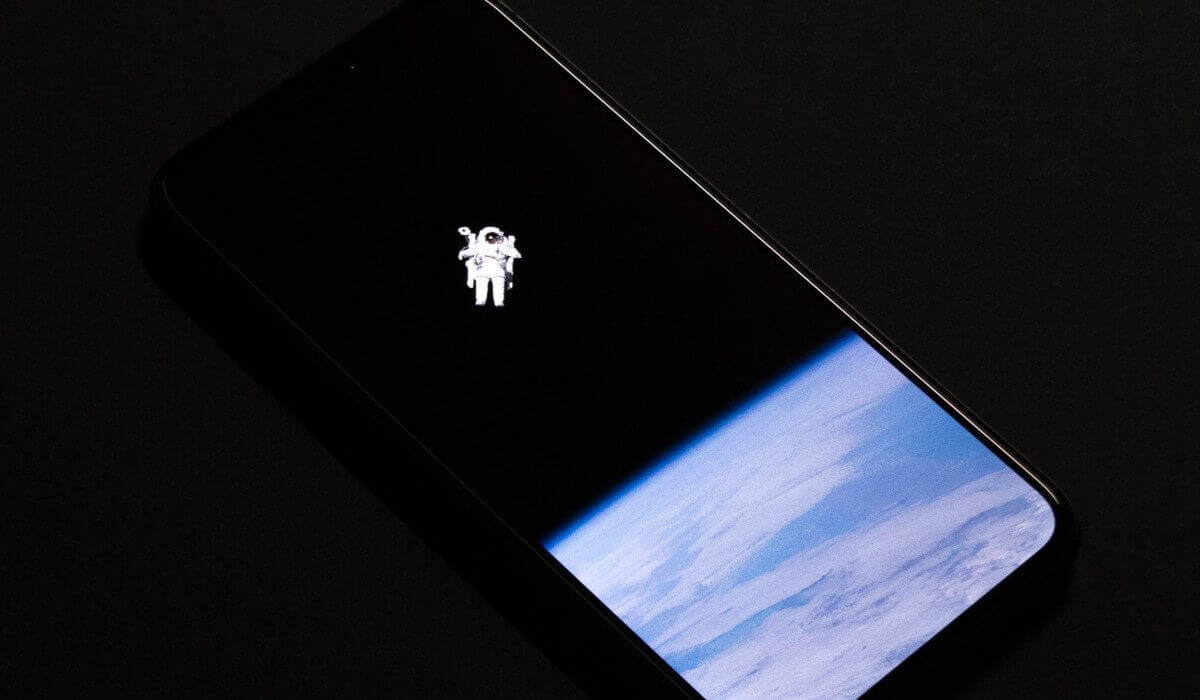Yes, there is an internet connection on board the International Space Station. Previously, astronauts were only able to send ground control emails and Tweets as part of their routine data transmissions, and ground control would then be required to broadcast their communications on their behalf.
In the past, the only connection to the internet from space was via radio frequency. But now we have more satellites orbiting the Earth that can provide faster connections to ground stations, and even directly to the astronauts in space.
Space Internet Is Real
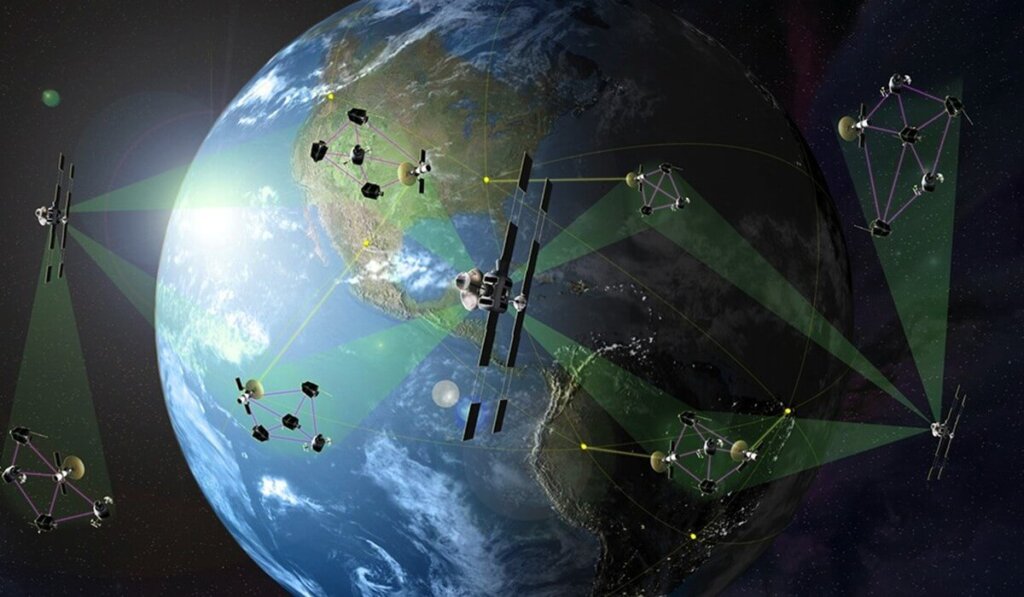
The first time that astronauts were able to use the Internet in space was in 2002 when NASA’s Space Shuttle Columbia carried a laptop with an attached modem into orbit. Since then, they’ve been able to connect to the Internet via phone or satellite when they’re in low Earth orbit (LEO).
The first access points (APs) were installed on the International Space Station (Space Station) by the National Aeronautics and Space Administration (NASA) in 2008. The use of Wi-Fi has grown over the years from a few APs inside the Space Station to a vast Wi-Fi network that extends into outer space thanks to NASA and international partners.
NASA has continued to use Wi-growing Fi’s capacity to support cutting-edge research. Now that spacesuits can link to the Space Station’s Wi-Fi network, astronauts performing spacewalks and the crew on board the station may communicate vitally. Additionally, Wi-Fi has made it possible for flight controllers on Earth to facilitate docking processes more readily on the Orbit Station, offer communication between extra-terrestrial vehicles, and stream video from space all at once.
Wi-Fi 4, the IEEE 802.11n standard, was used to set up the first Wi-Fi network in space in January 2008. Only two Netgear RangeMax b/g APs, each capable of 240 Mbps, made up the network. The initial customers were IBM Thinkpad A31P laptops from NASA. 52 wired and wireless devices might be used with the network.
Four enterprise-quality, dual-band Wi-Fi 4 modules of industrial grade were installed within the Space Station’s APs in 2012 by NASA. 180 wired and wireless devices were connected to the first 150 Mbps satellite backhaul link four years after the first Wi-Fi network was set up. At this time, Wi-Fi provided a solution for wireless connectivity across a wide range of applications. NASA’s Russian partners experimented with a GoPro to record extra-vehicular activities, and the iPad Air acted as a crew support tablet (EVA).
The Wi-Fi network NASA has outside the Space Station was enhanced in 2016. In May 2016, the Space Station’s first industrial grade, commercially packaged exterior Wi-Fi access point was turned on and started to beacon for customers.
To give video and Wi-Fi coverage of the docking corridor, NASA placed its third external AP in March 2018. Shortly after, it deployed two fixed high-definition cameras connected by Ethernet. In 2019, Wi-Fi was added to NASA spacesuits, turning them into the first mobile outside customers for the Space Station.
When the Japanese HTV-9 cargo transfer vehicle, operated by the Japan Aerospace Exploration Agency (JAXA), showed a high-definition, live video streaming application using Wi-Fi during its close approach to the Space Station in May 2020, Wi-Fi connected vehicles in space for the first time. To give the crew situational awareness, video from a camera on the HTV-9 was broadcast simultaneously to the Tsukuba Space Centre in Japan and to a laptop on the International Space Station.
How Fast Is Wi-Fi On The ISS?
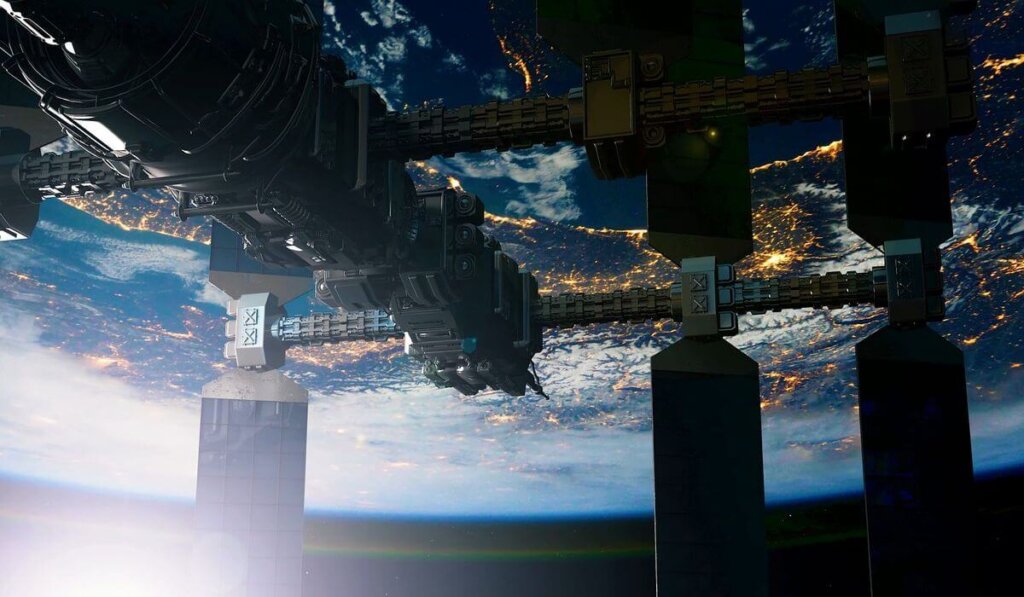
Although the ISS is 400 kilometers away, you will discover that data travels a significantly greater distance to reach earth. The speed of data interchange between NASA and the ISS, according to a NASA employee, even has a transmission latency (delay before an order to transfer data begins to follow an instruction that promotes its transfer) of roughly 0.5 seconds. That is around 20 times the speed of a typical internet connection.
The International Space Station has a 10 MBPS download, and 3 MBPS upload Wi-Fi speed capabilities. A large portion of that will be used by NASA as a private network. Everything from providing lifelike images of the planet Earth below to monitoring crucial data. Although NASA does have access to the internet, the speed is exceedingly slow.
Compared to dial-up rates, the reading speed is still only a few megabits per second slower. Since providing the internet in orbit is relatively expensive, NASA and the International Space Station are not concentrating on daily browsing. Astronauts were sent to the International Space Station to fulfill a specific mission and purpose. not transported to the space station to conduct online research.
How Is The Wi-Fi At ISS Different From The One On The Earth?
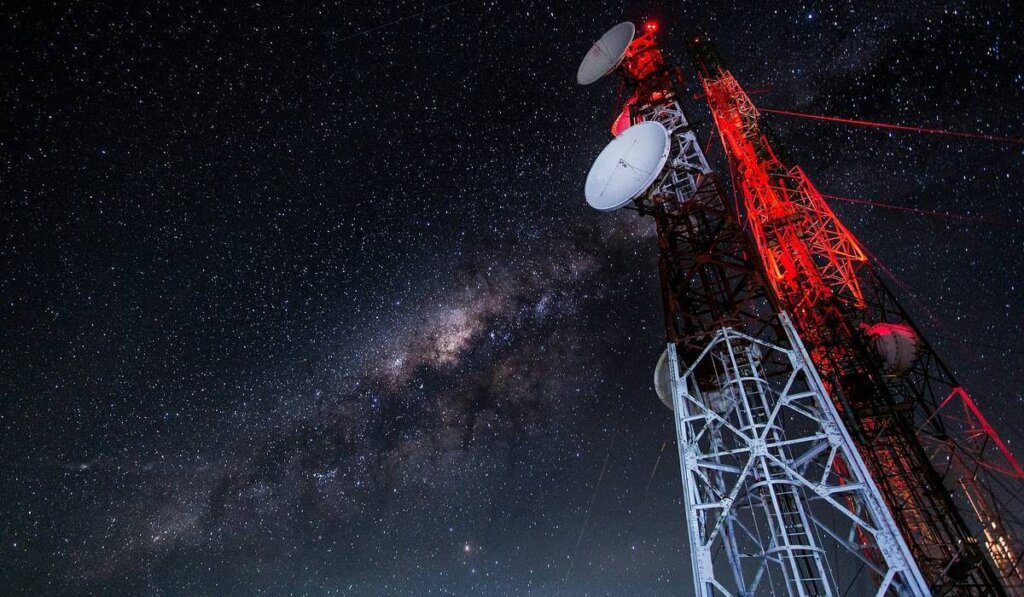
The Wi-Fi network at the International Space Station is very different from the connectivity on Earth. With the aid of fiber optic cable, the internet on Earth can transport a massive amount of data at a very rapid rate without any difficulties. The International Space Station and Wi-Fi connectivity, on the other hand, are primarily used by NASA. The Wi-Fi aboard the International Space Station is used to transmit all the crucial information from the spacecraft and other satellites to earth, which slows down the speed and lengthens the latency. This is the basis for the International Space Station’s Wi-Fi connectivity differing from that on Earth.
Can Astronauts Use Social Media In Space?
Yes, NASA astronauts can use social media in space. If they’re not on an extended mission (like a trip to Mars), there’s no reason why they couldn’t keep their Facebook and Twitter accounts active while in orbit around Earth or the moon. It’s a good way to stay connected with people back home, and it’s also a great way to share what you see with anyone who is interested in space exploration.
Can Astronauts Use Their Phones In Space?
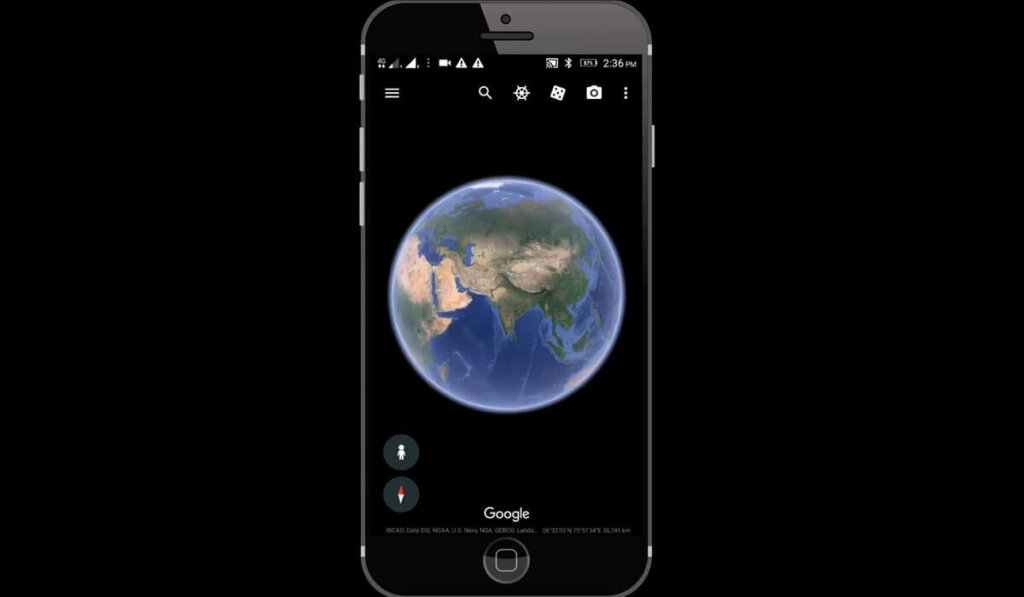
No, astronauts cannot use a smartphone in space. For starters, there are no GPS or mobile networks to connect to. Astronauts are all connected with each other through the International Space Station (ISS), but even if you could get a signal from your phone to the ISS, there’s still no WiFi or 3G/4G/5G signals for them. This means that even if you were able to call someone on Earth and get them on the line with an astronaut in space, they wouldn’t be able to hear anything you said—there would be no sound coming out of your phone!
The same goes for Bluetooth and NFC—if they’re not connected directly by wires, they don’t work at all. Even if an astronaut could somehow hack their way into connecting with one another by using their phones as hotspots (which would require hacking into their own wireless carriers’ networks), it still wouldn’t help much because there aren’t any LTE towers up there either, WiMAX towers, GSM towers…or anything! They’re not going anywhere near any spectrum bands or frequencies because those don’t exist outside of Earth’s atmosphere!
The astronaut’s own phone may also not meet safety requirements and could be a potential risk of interfering with radio frequencies.
Plus, there is also one more thing to consider. Mobile phones and laptops that use standard WIFI are unable to withstand the harsh conditions of space. When it gets too hot, the devices can sometimes self-destruct. Or if it is too cold, the devices can shut down.
Recently commercial WIFI goods, including Ipads, iPhones, and laptops, have been modified by government space agencies to withstand the harsh conditions of spaceflight.
So, connecting to the station’s WiFi is as actually easy for them to do. All they really need to do is make sure they’ve entered the WIFI password correctly and are connected, if they wish to email, tweet, or check the news.
After that, it’s similar to browsing the internet as you would on Earth.
Of course, your individual WIFI connection will determine whether astronauts have it better. If it’s better than what I have, I may decide to go join them.
Conclusion
There are lots of challenges to keeping astronauts connected in space. But with the right equipment and ingenuity, we’re confident that they’ll be able to stay connected while orbiting our planet.
We’ve seen some pretty incredible innovations in the last few years, from smartphones that can withstand water damage to laptops that don’t need fans or vents. The same goes for the internet: astronauts will have access to faster connections than we have on earth. And if you think about it, when you’re in orbit around a planet, you’re basically at the center of a giant satellite dish.

